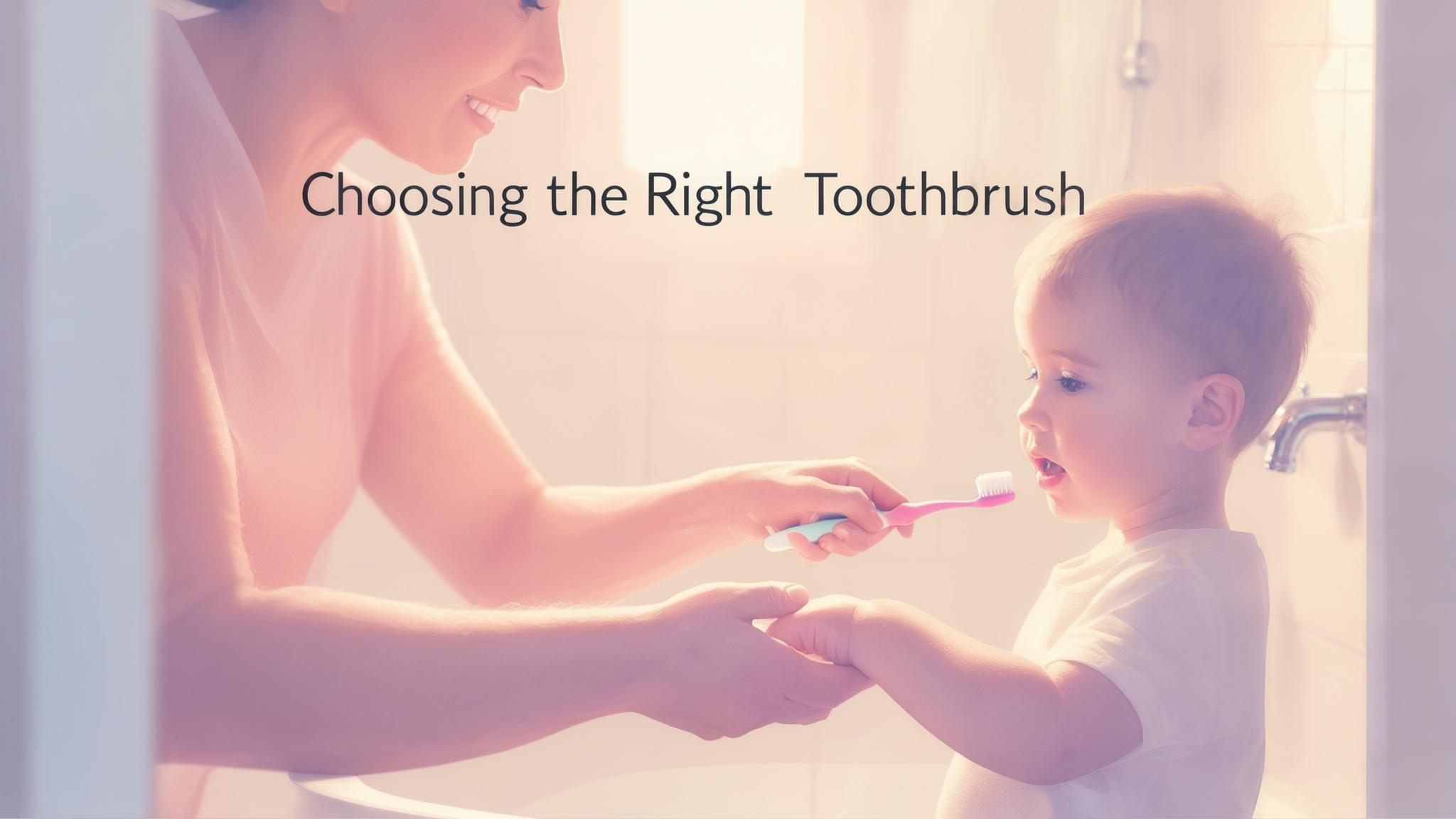The Importance of Oral Hygiene in Children
Maintaining good oral hygiene is essential for children, as it lays the foundation for a lifetime of healthy smiles. Just like adults, children need to brush their teeth regularly to prevent cavities and gum disease. The toothbrush plays a crucial role in this routine, acting as the primary tool for cleaning teeth and gums. This article focuses on helping you choose the most suitable toothbrush for your child, tailored to their age and developmental stage.
Understanding Children's Dental Needs
Development of Children's Teeth
Children's teeth go through various stages of development, starting with the eruption of their first primary teeth, or "baby teeth," at around six months. These primary teeth continue to appear until about age three. Around age six, children begin to lose their baby teeth as permanent teeth start to emerge. Primary teeth are smaller and more delicate than permanent teeth, requiring gentle care and attention.
Importance of Starting Oral Care Early
It's crucial to begin oral care as soon as your child's first tooth appears. Early habits set the stage for long-term dental health and can prevent issues like tooth decay. By establishing a regular brushing routine, you help your child develop a positive attitude towards oral hygiene, making it a natural part of their daily life.
Factors to Consider When Choosing a Toothbrush
Age of the Child
- Infants (0-2 years): For the youngest children, a soft-bristled toothbrush with a small head is ideal. These brushes are gentle on tender gums and tiny teeth.
- Toddlers (2-4 years): As children grow, they need a toothbrush that fits comfortably in their mouth and is easy for small hands to hold.
- Preschoolers (4-6 years): At this stage, children are ready for slightly larger toothbrushes that can reach all areas of the mouth.
- School-age Children (6-12 years): These children can handle more advanced toothbrushes, including electric options if desired.
Size and Shape of the Toothbrush
Selecting the right size and shape is vital. A toothbrush with a small head and soft bristles can effectively clean a child's teeth without causing discomfort. The handle should be easy to grip, encouraging children to brush independently.
Bristle Type
Opt for soft bristles to protect your child's sensitive gums. Hard bristles can be too abrasive and may cause irritation or damage to the enamel.
Age-Appropriate Toothbrush Recommendations
Infants (0-2 years)
Use a toothbrush designed specifically for infants, which often features extra-soft bristles and a cushioned head. Begin by gently brushing your baby's teeth and gums to introduce them to the sensation.
Toddlers (2-4 years)
Choose a toothbrush with fun designs and bright colors to make brushing an enjoyable experience. This can motivate toddlers to participate in their oral care routine.
Preschoolers (4-6 years)
Transition to toothbrushes with slightly larger heads and more structured handles. It's also a good time to start teaching proper brushing techniques, such as using circular motions.
School-age Children (6-12 years)
Consider introducing an electric toothbrush, which can be more effective and exciting for children. Look for features like timers to ensure they brush for the recommended two minutes.
Tips for Encouraging Good Brushing Habits
Making Brushing Fun
Incorporate songs or games during brushing to keep your child engaged. You might use a reward system to encourage consistent brushing habits.
Setting a Routine
Establish a regular brushing schedule, ideally twice a day. Parents play a crucial role in modeling good habits and ensuring their child follows through with their oral hygiene routine.
Conclusion
Choosing the right toothbrush is a vital step in ensuring your child's dental health. By prioritizing oral care from an early age, you help set the stage for a lifetime of healthy habits. Remember, your involvement and encouragement can make all the difference in fostering your child's enthusiasm for maintaining their beautiful smile.

